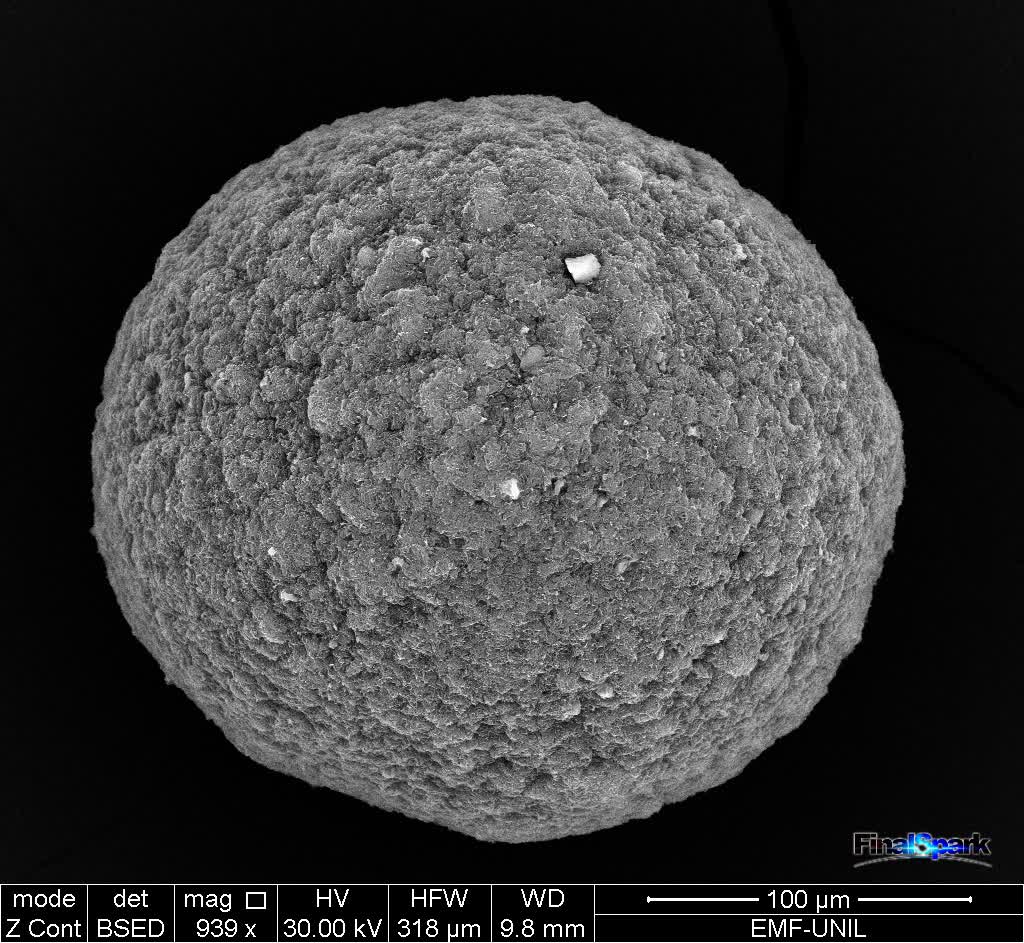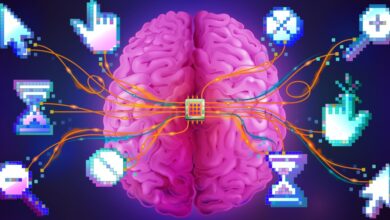Researchers hope that the world’s first “living processor” will lead to energy-efficient computing power
Serving tech enthusiasts for over 25 years.
TechSpot means tech analysis and advice you can trust.
Through the looking glass: Researchers now have a way to conduct experiments on biological neurons in vitro. These human brain organoids – there are 16 in total – are aimed at developing the world’s first living processor and can be accessed remotely through an online platform for $500 a month if you are a university or educational institution.
The platform was developed by FinalSpark, a Swiss biocomputing startup, which reports that three dozen universities have expressed interest in using their platform. FinalSpark highlights the significant energy savings it could offer in the training and operation of large artificial neural networks, such as those used in large language models. However, this achievement is still a ways off: the project is just in its beginning phases, and co-founder Fred Jordan states that such an ambitious goal can only be achieved through international collaboration.
The biological component uses forebrain organoids derived from human induced pluripotent stem cells. These organoids can survive for years and contain neurons, oligodendrocytes, and astrocytes characteristic of the forebrain region, according to a paper published in the scientific journal Frontiers.

An organoid
This is roughly how it works: Neuroplatform enables long-term electrophysiological experiments on biological neural networks, or BNNS, that includes recording neural activity, providing electrical stimulation and environmental control for over 100 days. The goal of these experiments is to program the BNNs to perform computations, analogous to training artificial neural networks.
The hardware includes a microelectrode array system for interfacing with the forebrain organoids, microfluidics for automated medium delivery, environmental monitoring, and a UV light system for uncaging neurotransmitters.
The software then integrates control over hardware components, data logging, spike detection algorithms, and a Python API that enables complex closed-loop experiments and integration with machine learning libraries.
Interestingly, while silicon chips can withstand use for years, the neuronal structures used in bioprocessors have a lifespan suitable for experiments lasting several months, according to FinalSpark. Initially, the firm’s microelectrode arrays (MEAs) only lasted a few hours, but system refinements have extended the organoid lifespan to approximately 100 days.
As the use of computing power continues to explode, particularly in large-scale operations such as data centers, these place a significant drain on infrastructure and resources. The specific problem FinalSpark seeks to tackle is the high-energy demands of training and running large artificial neural networks. These bioprocessors are composed of living neurons capable of learning and processing information and they consume a million times less power than traditional digital processors.
But this advantage will likely only be realized in the long term. Right now, FinalSpark has granted free access to nine institutions for research use only. As demand grows, the company will scale up its Neuroplatform, with the shared goal of building the world’s first living processor.



